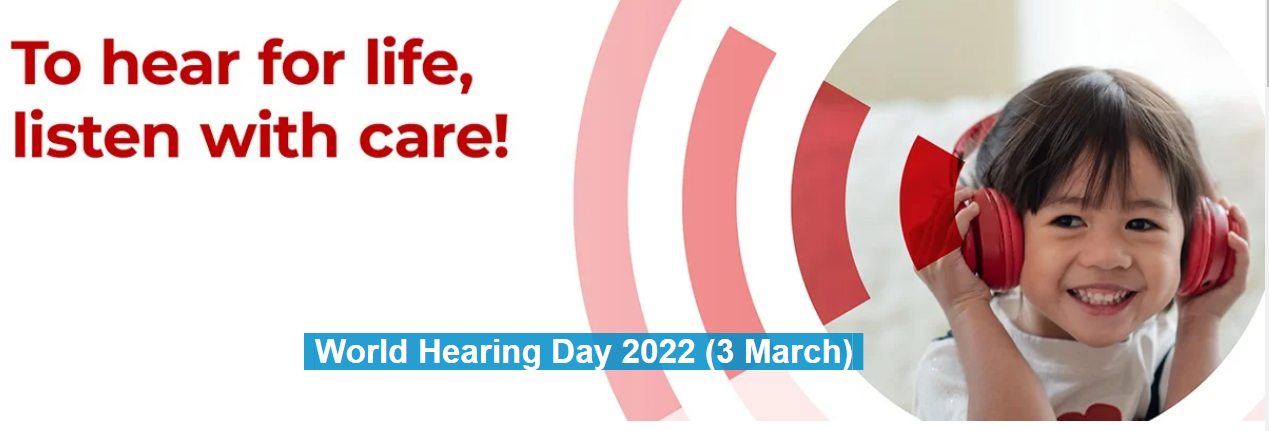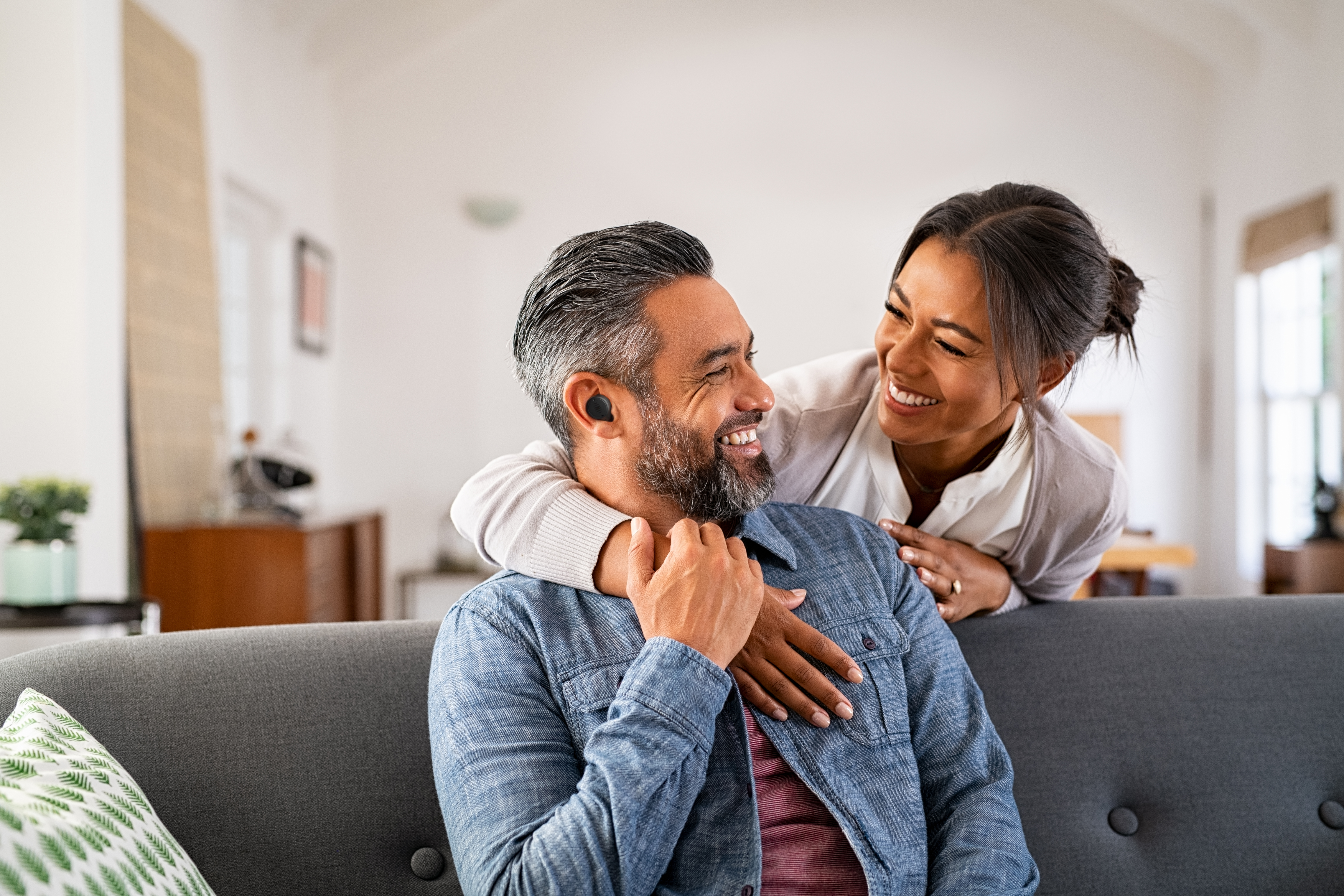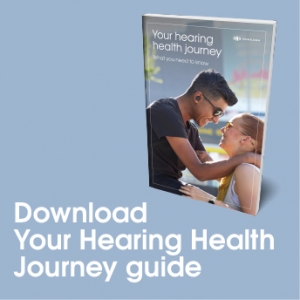World hearing Day is always important for Nuheara. As a pioneer in the hearables space, we’re keenly aware of the immense impact that hearing health challenges can have on individuals’ lives.
That’s why we’re always really supportive of any initiatives that help people become more aware of the impact and importance of the hearing health issues currently facing the world. The uncomfortable truth is that they’re fare more serious and widespread than most people think.

To Hear For Life, Listen With Care
“To hear for life, listen with care!”, is WHO’s theme for World Hearing Day on the 3rd of March this year and will focus on the importance of safe listening as a means of maintaining good hearing across the course of a person’s life. The key messages of this campaign include:
- ‘Safe listening’ can mitigate the risk of hearing loss associated with recreational sound exposure.
- It is possible to have good hearing across the life course of your whole life with good ear and hearing care.
- Many common causes of hearing loss can be prevented, including hearing loss caused by exposure to loud sounds.
As part of this campaign, the WHO is calling on governments, industry partners and civil society to raise awareness and implement evidence-based standards that promote safe listening.
They have also released a global standard for safe listening entertainment venues and a SafeListening handbook as a means of providing some practical resources that their target groups – entertainment venues and those that attend them (especially young adults) – can use to encourage safe listening and prevent hearing health issues in later life.
If you want to join the conversation this World Hearing Day, use the official hashtags #safelistening #worldhearingday and #hearingcare.
The Importance of Good Hearing Health
Given that there are so many important issues competing for attention nowadays, it can be easy to overlook the scale and importance of hearing health on a global scale.
According to WHO data published in 2021:
- Over 5% of the world’s population – 430 million people – currently require rehabilitation to address their ‘disabling’ hearing loss.
- By 2050 nearly 2.5 billion people are projected to have some degree of hearing loss and at least 700 million will require rehabilitation.
- Over 1 billion young adults are at risk of permanent, avoidable hearing loss due to unsafe listening practices
The Cost of Not Addressing Hearing Loss
It is a mistake to think of hearing loss as less severe than other types of disability. Ff left unaddressed, hearing loss has the potential to have some major negative impacts on both an individual and societal level.
On the individual scale, untreated hearing loss can negatively affect cognition, hinder education and employment prospects and lead to social isolation, loneliness and social stigma.
On a more macro level, WHO estimates that unaddressed hearing loss represents an annual global cost of USD $980 billion. This includes things such as health sector costs, costs associated with educational support, loss of productivity and societal costs.
In addition to this, 57% of these costs are attributed to low and middle-income countries who often lack the financial and institutional resources to tackle the problem.
Focusing On Today & Looking Towards Tomorrow
We’re fully supportive of WHO’s decision to use World Hearing Day to highlight the ways in which people can reduce their chances of experiencing preventable hearing loss later in life. Prevention is an extremely important tool in our arsenal if we’re ever going to properly address our hearing health challenges on a global scale.
However, we also believe that there is a lot more that needs to be done to help people who are currently living with hearing & auditory processing challenges. Even in a wealthy society like the U.S.A, the Hearing Loss Association of America estimates that approximately 48 million Americans have some degree of hearing loss, but only 1 in 5 people who would benefit from hearing assistance actually receive it.
They also estimate that people with hearing loss wait an average of 7 years before seeking help. That’s a long time to endure the negative impacts of hearing loss that we discussed earlier in this post. It’s clear that something needs to change.

Technology, Affordability & Accessibility
Nuheara has always been a big believer that there is a better way to help people manage their hearing challenges. That’s why we’ve always been focused on using a combination of technology and innovation to help our users live fuller, more engaged lives.
As we approach the release of our over-the-counter hearing aid, we’re excited about taking the next major step in this journey.
Last year’s WHO World Report on Hearing envisioned “a world in which no individual experiences hearing loss to preventable causes, and those with hearing loss can achieve their full potential through rehabilitation, education and empowerment.”
By pioneering the hearables category and striving to make hearing assistance technology more accessible and affordable than ever before, Nuheara is making a valuable contribution to helping that vision become a reality.



